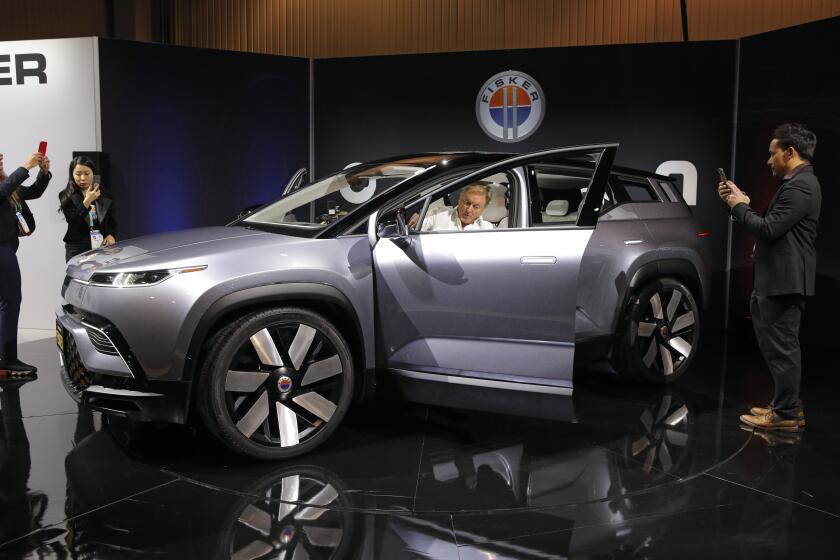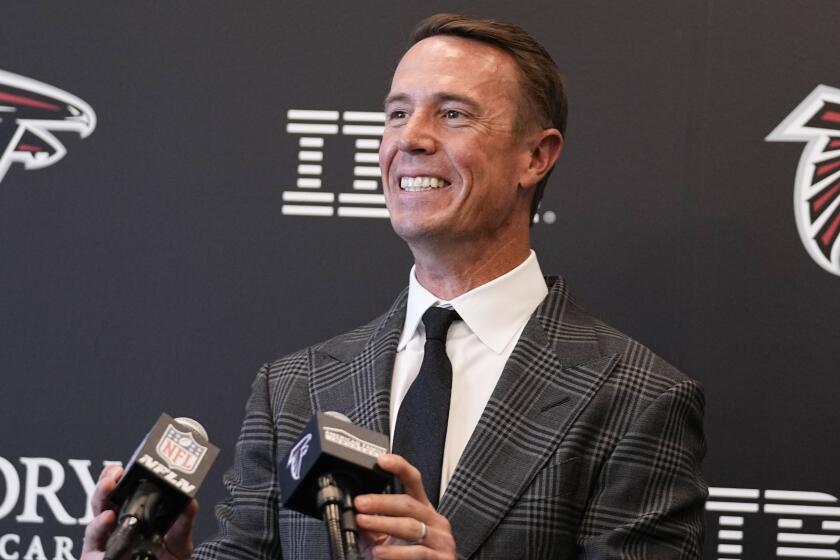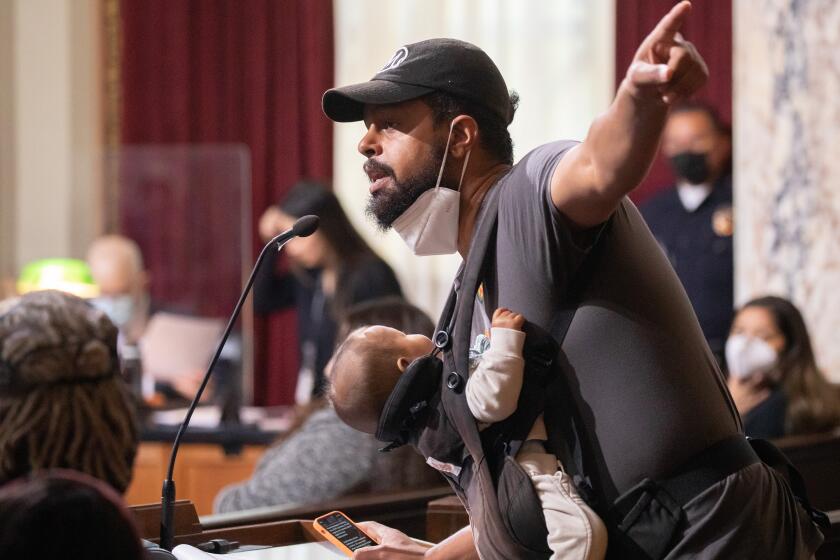The EV market is in trouble: The latest sign is Tesla’s layoffs

Tesla is in trouble: Its product line is aging. Sales are stalling. Top executives are fleeing. The stock price is down. The first wave of new Cybertrucks is riddled with quality problems. The low-cost Model 2 recently promised by Chief Executive Elon Musk appears to be dead.
Some of Tesla’s most environmentally conscious buyers are signaling their disgust with the behavior of Musk by turning to other brands, even as price cut follows price cut. Those bargain basement deals are squeezing profit margins, though the company remains profitable and still sells more EVs than other automakers.
The company’s four auto factories have more car-making capacity than the company has customers.
The situation is so serious that on Monday, Musk announced that “more than 10%” of its global workforce would be laid off. How much more Musk did not say. Tesla did not respond to a request for comment for this article, but Musk said in an internal email explaining the layoffs that the company had to seek cost reductions and higher productivity.
If Tesla were the only electric car maker under pressure, that alone would send shivers through California policymakers, from Gov. Gavin Newsom on down, who in their quest to address climate change and air pollution have set strict mandates that will ban sales of new cars that run only on fossil fuels by 2035.
But the drive to electric vehicles has, at best, hit a rough patch, with little visibility into road conditions ahead. EV sales are still rising but at a far slower pace than the highs reached in 2022 and early 2023.
Manhattan Beach EV maker Fisker Inc. said it was halting production of its snazzy Ocean SUV, seeking financing and a strategic partner in a further setback for car designer Henrik Fisker.
Ford, General Motors and other major automakers are pulling back on their EV ambitions, putting more of their money behind hybrid vehicles, cutting back on production, and delaying introduction of some EV models. EV startups including Rivian, Lucid and Polestar are laying off workers, as they encounter production problems or fall short of sales targets or both. The financial difficulties at Fisker, the Manhattan Beach electric vehicle startup, became so severe, its stock price so battered, that it’ll get kicked off the New York Stock Exchange on April 22, or, more formally, be “delisted.”
The big question is whether current conditions will prove to be growing pains (however agonizing) on the way to a cleaner transportation economy. And if so, how long the pain will last.
Right now EV sales growth is slowing at a time when rapid expansion is needed to reach climate goals. Across the U.S., EV sale rose only 2.6% year over year for the first quarter of 2024, while EV market share against gasoline cars declined, to 7.3%, from 2023’s 7.6% record high, according to Kelley Blue Book.
Even EV-happy California is bumping into customer resistance: In 2023, EV market share for new car sales topped 21%, far higher than any other state. While 2024 first-quarter California EV sales figures won’t be available until early May, the signs are worrisome: In the last half of 2023, new EV sales declined in California, the first negative growth ever reported.
“We’ve reached a threshold of market intolerance,” said Karl Brauer, auto industry analyst at iSeeCars.com. “The numbers of people who have a personal interest in, or a tolerance for, dealing with EV challenges, or have the means and lifestyle to work with an electric vehicle” appears to be hitting a wall, he said.
Temporary, or long term? Yet to be determined, he said.
His firm looked at EV penetration rates in states and cities and found that sales grew rapidly until market share hit about 8%, and then slowed dramatically or went nearly flat. California is an exception; new EV market share reached over 21% in 2023. Still, in the year’s last quarter, EV sales growth went negative, with Tesla new car sales down 10%.
The women who started ChargerHelp are driven to succeed and to train a workforce of people who are often overlooked. They’re also addressing a major issue with EV charging in California: reliability.
The current problem for EV advocates: how to move the customer profile from early adopters to mainstream buyers.
More than 90% of EV buyers, Brauer’s research shows, are relatively affluent homeowners who have installed their own chargers and own two vehicles or more — meaning, in most cases, there’s a gasoline car available for long trips.
The majority of car buyers aren’t as well off, so the price difference between gasoline cars and electric cars — about $45,000 on average for gas, compared with about $55,000 for electric — is a big issue. (Even that $45,000 is high for millions of buyers, hence the strength of the used car market.)
EV drivers who live in condos or apartments must rely for the most part on public or workplace chargers.
The public charging infrastructure is notoriously unreliable, outside of Tesla’s charging network, a system the company could afford to build and maintain by maintaining a stratospheric stock price — a stock price that’s suffered mightily over the last year, down nearly 40% in the last six months.
Tesla is beginning to open up its charging network to other carmakers, in part to qualify for federal subsidies.
While EV sales growth is slowing, hybrid cars are blasting off, benefiting companies such as Toyota and Honda.
The Tesla news is reverberating through the auto world. For more than a decade, it was the EV industry. Regulators pointed to Tesla as evidence that customers would buy electric cars if the industry would craft desirable vehicles instead of the glorified golf carts they were producing, weak tea attempts at meeting government regulations. Under pressure from California and 12 other allied states, from regulators in Europe, and a burgeoning EV industry in China, automakers globally are now investing hundreds of billions in electric vehicles.
If California and the world are going to meet their lofty climate goals, policymakers and automakers, including Tesla, have a lot of work still to do.
California has ambitious climate goals, including a pledge to ban the sale of new gasoline- and diesel-powered cars and light trucks by 2035.










